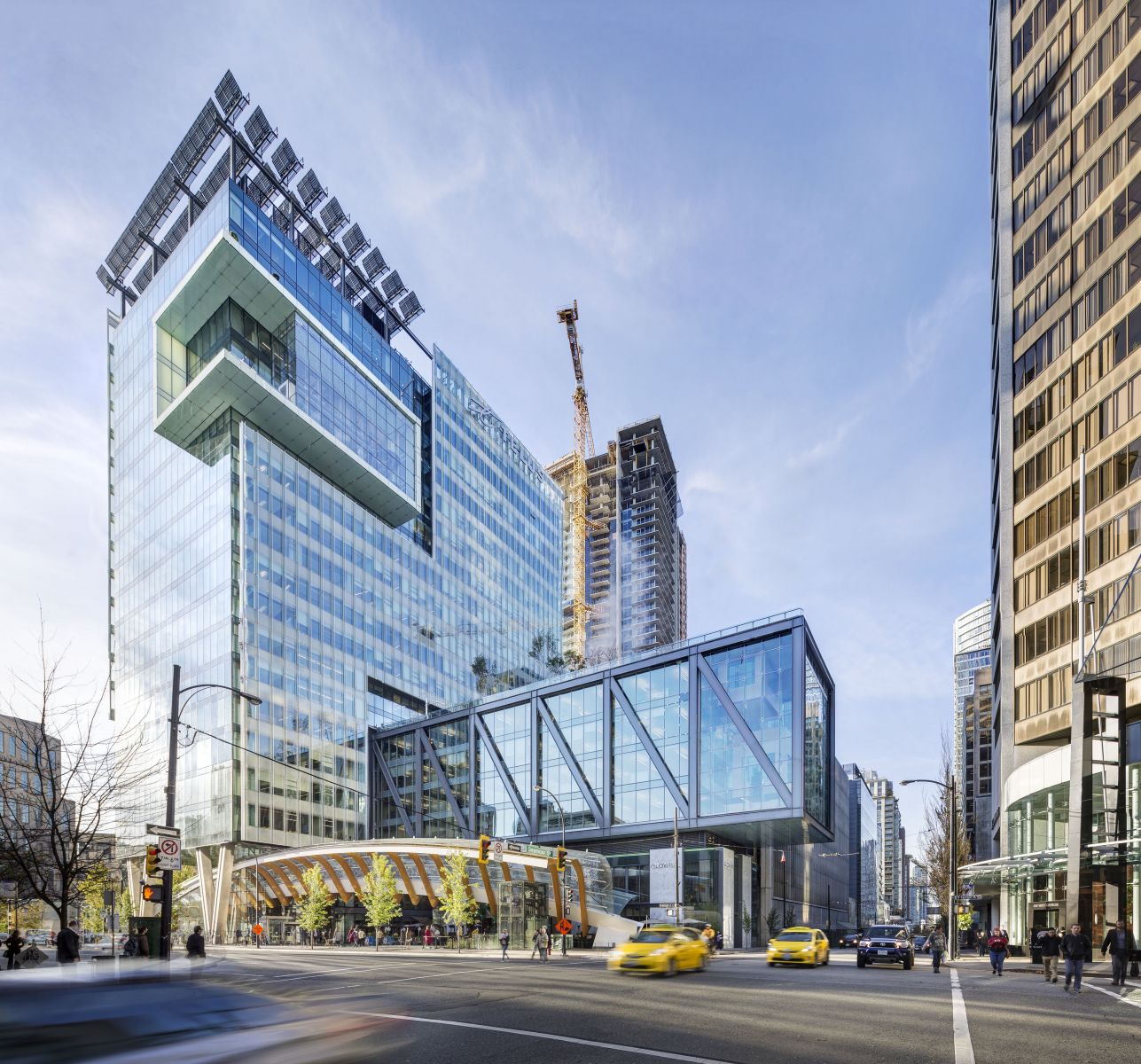Common Sense isn’t That Common
I found this TedTalk to be particularly interesting in the
context of sustainability for two reasons. One, I’m a big fan of common-sense
design and two, I just took the LEED Accreditation course this past weekend. After
watching the TedTalk I was able to draw a lot of comparisons between the two,
especially in working with the forces of construction, common sense and nature.
For the most part, a majority of the points that can be earned in LEED are very
straight forward and dare I say should be common sense. On all three categories
it addresses construction methods, practices that should be seeming inherent
and optimizing the natural force of nature. Making it relatively simple to have
a “LEED Certified” building. Unfortunately, we have found ourselves as a
society that has to incentivize common sense sustainable practice, which begs
the questions, how did we stray so far away from common sense? And why?



While I am not fully on board with the idea of LEED for the reasons that you included above, I think the program was created with good intentions. I think the hope was that by incentivizing sustainable design, more architects would understand how important it is to think sustainably about the built environment. Unfortunately, I don't think incentivizing is enough.
ReplyDeleteI also thought the tedtalk was interesting and I liked how he discussed how architecture is common sense. I think so many people get caught up in trying to design something cool and interesting that the building just doesn't work. Rather one should just use simple common sense on how to design in order to solve the problems of how and why.
ReplyDeleteThe reason we've strayed so far from the Common Sense LEED objectives is the same reason that there are architects that design to the bare minimum of the code just to get a passing grade. Architects are highly controlled by their money conscientious clients and aren't willing to use their time to prove that better practices can be beneficial to their clients and to their users and to the bottom line. Because taking that time to do that research affects the bottom line of the architect as well.
ReplyDeleteAlso, your graphics are quite impactful.
I also really enjoyed this TedTalk. He said that the solution was "archaic, primitive, common sense", and I immediately realized how complicated our solutions can be. And as you said, incentivizing seems to be the only way in which we actually practice these qualities.
ReplyDeleteGreat point, and I agree that the graphic is very powerful.